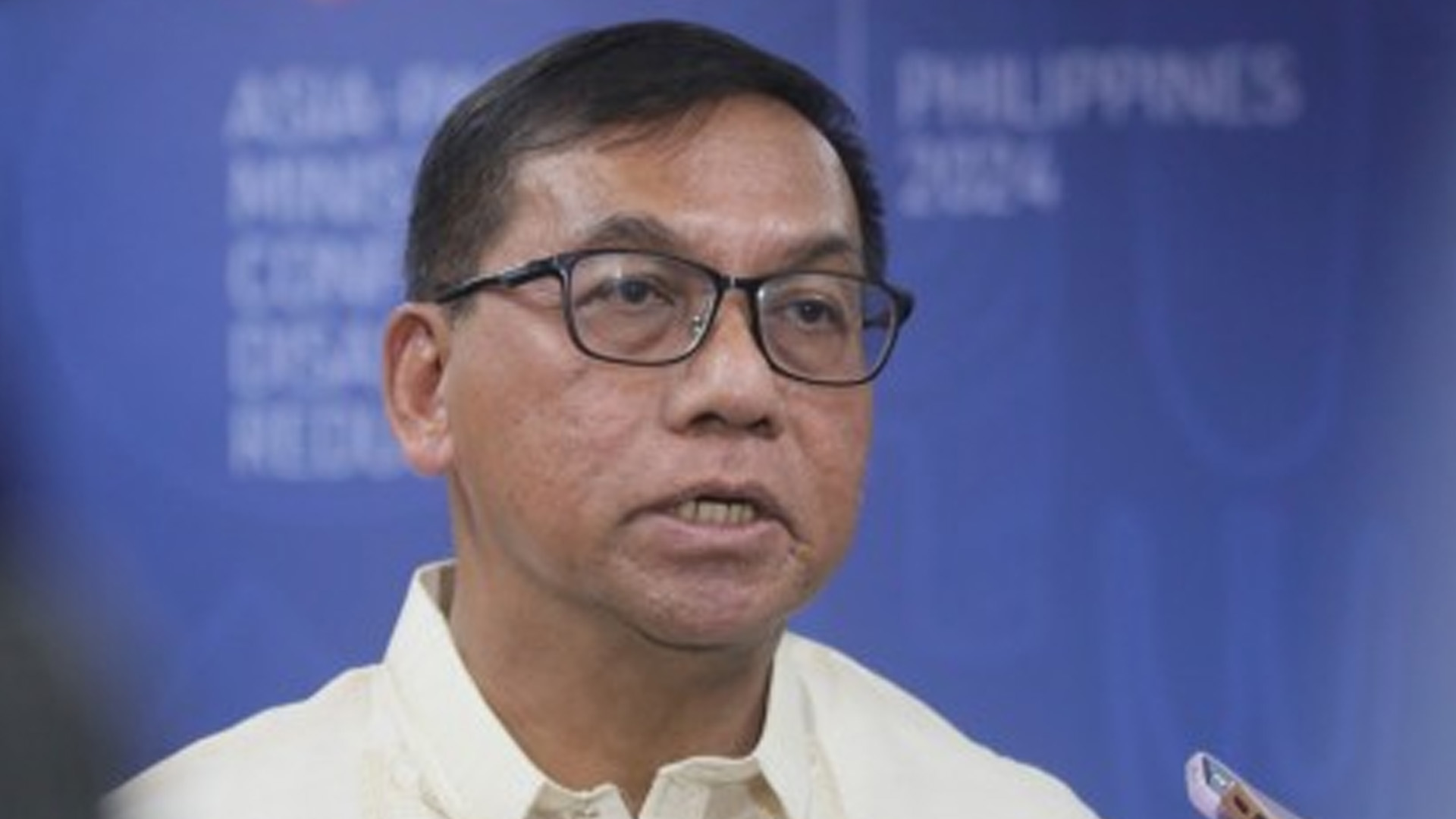Disaster resilience means thriving economically more than just surviving crises, the Department of Science and Technology (DOST) said Thursday.
DOST Secretary and National Disaster Risk Reduction and Management Council vice chairperson Renato Solidum Jr. said this can be achieved by merging actions with education, entrepreneurship and health, with emphasis on capacitating local citizens to make reasonable decisions and create information sets “relevant to their own and unique context and situations.”
“I-localize natin ‘yung ginagawa sa national, sa local ang frontline ng ating (Let us localize what we’re doing in the national to local because the frontline of our) operation when it comes to disaster resilience, risk reduction would be the local level,” Solidum told reporters on the sidelines of a session at the Asia Pacific Ministerial Conference on Disaster Risk Reduction.
The DOST has been implementing programs at the grassroots level, helping people make data-driven decisions on disaster and climate waste production, and localize early warning systems.
These systems are used for eruption prediction of individual active volcanoes, monitoring landslides, and warning against floods and tsunamis.
“We need to combine national warning systems operated by national agencies or regional warning systems with community-based warning systems,” Solidum said.
He noted that the country has the most advanced information and communication technology platform for hazards and risk information.
“Try Hazard Hunter, Hazard Hunter PH, Google it, and you will be able to know all the hazards that your house will be affected within less than one minute, tayo, meron niyan, ‘yung iba wala (we have that, others don’t),” he said.
“We have prepared the automated planning for how to recover after a disaster, even before the disaster will happen.”
In terms of monitoring warnings, the country needs additional instruments. There are only 130 seismic monitoring stations, 170 stations short of the standard or required number.
The DOST is looking into ways to get more sensors that can detect small earthquake magnitudes wherein their pattern could lead to forecasting the Big One.
Local government and standard operating procedures
Science and technology for disaster and risk monitoring and early warning system in the country will continue to improve, Solidum said.
However, it could not ensure preparedness and appropriate response from people in areas vulnerable to disasters and risks.
“What’s important is, would the local government have the protocol that once they read that based from the 24-hour rainfall forecast or the thunders, the heavy rainfall warning, they have a standard operating procedure on what to do with information about actions their local government and the residents should take,” he said.
Citing that early warning is more than just monitoring and forecasting systems, Solidum said the warning or information about the risk must be understood to have effective preparedness to respond.
“So kahit anong improvement ang gawin mo sa science, kung walang gagawin sa standard operating procedure ng baba, marami pa rin masasaktan (Without standard operating procedure at the local level, people on the ground would still get hurt despite improvements in science),” he said. (PNA)






